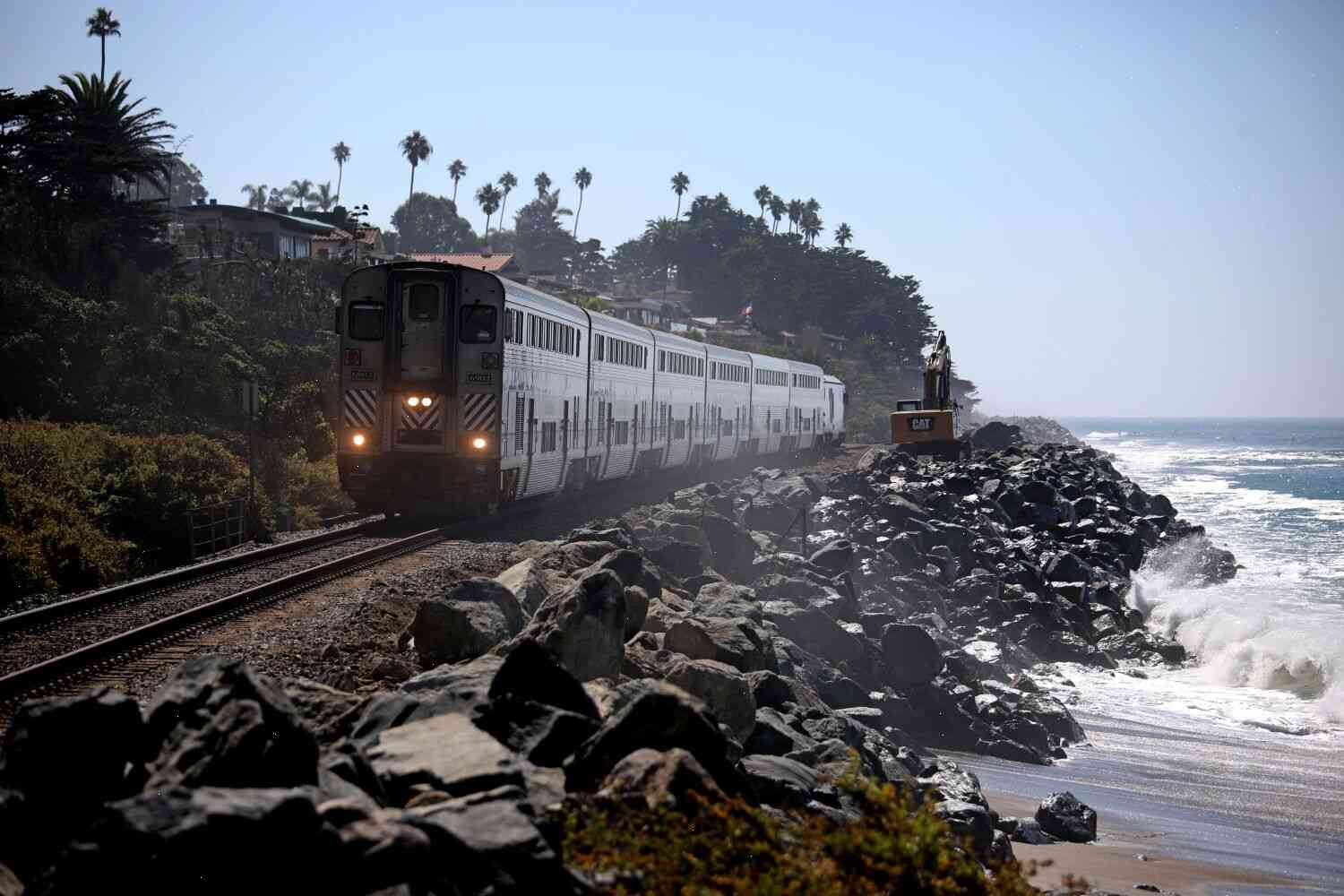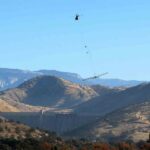How an ‘ancient landslide’ keeps threatening a railroad, homes in San Clemente
With the recent collapse of the two bridges next to the Palos Verdes Peninsula’s San Vicente station, Caltrans is on maximum alert.
Karen Borenstein
By Tim Burtch | July 23, 2017
Tim Burtch
Photo: Karen Borenstein/KPCC
When it comes to dealing with a major earthquake, an engineer’s number one priority is life-safety. “How would that work out for people who were already in there and how would it affect people who were not?” asks Mark Ruzicka, civil engineer and director of the Pasadena Union City College Civil Engineering Center. “As an engineer, you’re going to be the one to figure out what’s going wrong in order to fix that. That’s why I think civil engineers have a duty to make sure everyone’s doing OK—that they’re safe, that they’re getting power, getting water, getting emergency kits.”
California is one of the most seismically active states with an average of more than a 3.5 magnitude earthquake a year. Earthquakes are the biggest cause of fatalities in California—the 2011 Loma Prieta earthquake, which killed more than 80 people, was the largest earthquake in the state’s history.
The Palos Verdes Peninsula has had six major earthquakes in the last 60 years. In the last century, the most recent was an 8.4 in 1947. The most devastating earthquake in the region was an 8.3 in 1906, when more than 1,500 people died.
Since 2010, the Palos Verdes Peninsula has been prone to earthquakes. The last time it was hit by a major earthquake was in March 2010, when the temblor knocked down the two railroad bridges and a section of road above San Vicente station and led to widespread damage and delays, causing the longest commute in Southern California history.
Last month, the Palos Verdes Peninsula was hit by a magnitude 6.6 earthquake.
“In the six years after that, it’s gotten worse,” says Bill Wiederer, a Los Angeles Public Utilities Commission project manager. “We have a lot of damage. Our infrastructure basically is shot. We have a lot







